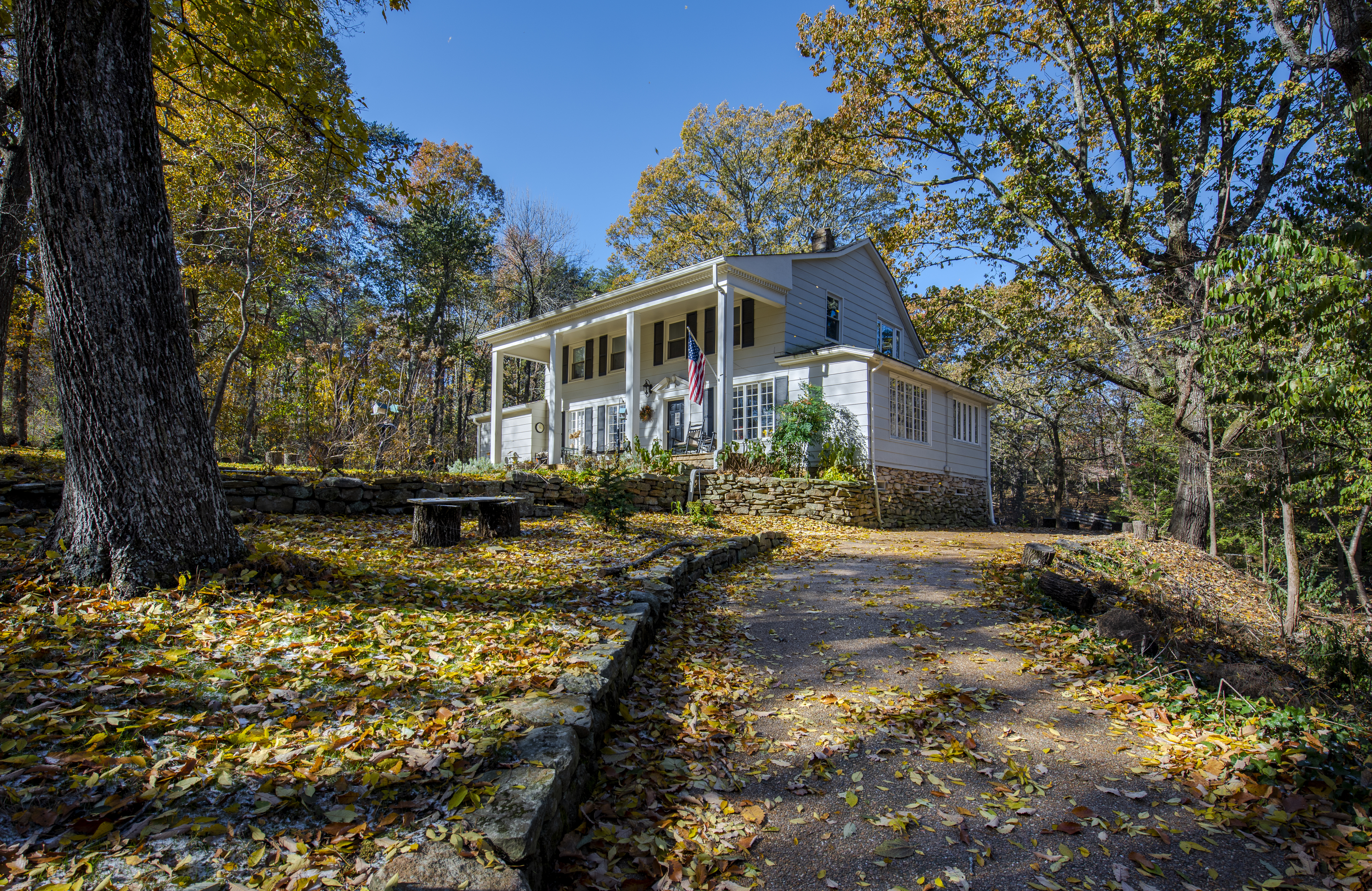
New windows can boost your home energy efficiency and overall curb appeal. Learn about the unique factors that impact the cost to replace windows in Boston.
Making a case for seven fabulous types of casement windows


Casement windows are a popular window choice, renowned for their timeless elegance and practical functionality. What is a casement window? These types of windows offer an abundance of natural light, excellent ventilation, outstanding energy efficiency, and easy operation. But did you know that there are several different types of casement windows available to suit different architectural styles and preferences?
Let’s explore seven types of casement windows, ranging from classic designs to modern innovations.
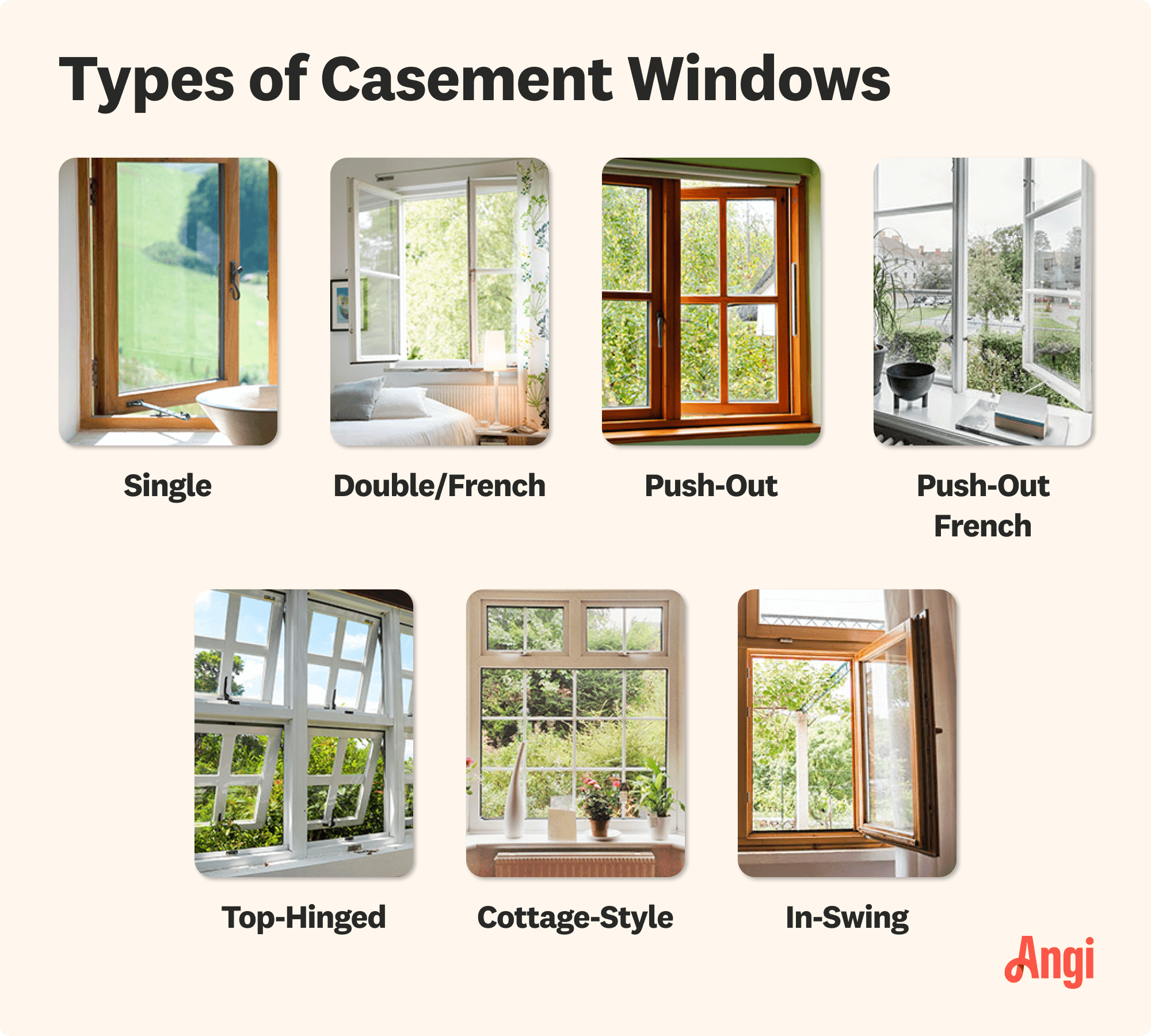

When researching window replacement costs, you’ll likely come across single casement windows. They consist of a single sash hinged vertically on one side, enabling them to swing open like a door. Unlike double-hung and single-hung windows, there are no obstructions to sunlight or ventilation from other sashes when a single casement window is open. Single-casement windows can be custom-built to fit various sizes and configurations, accommodating both small and large window openings.
One of the main advantages of single-casement windows is their ease of operation. With a simple turn of a handle or crank, the window opens outward, providing ventilation and airflow that isn’t blocked by the sash. The crank holds the sash in place, allowing you to control how much ventilation you get, and the mechanism locks the sash in place, which is perfect for windy days. The single-sash design also allows for unobstructed views and ample natural light, making them an ideal choice for rooms that require plenty of brightness.
There are some drawbacks to single casement windows. First, these are windows that open outward because the crank would be unusable if the sash swung inward. They also don’t provide as much light and ventilation as double casement windows, and the crank and hinge mechanism makes them more expensive than push-out casement windows.
| Pros | Cons |
|---|---|
| Controlled ventilation | Less light than double casement |
| Easy crank operation | Crank mechanism bumps up cost |
| Sash locks into place | Must open outward |
Best For: Casement window benefits at a low cost
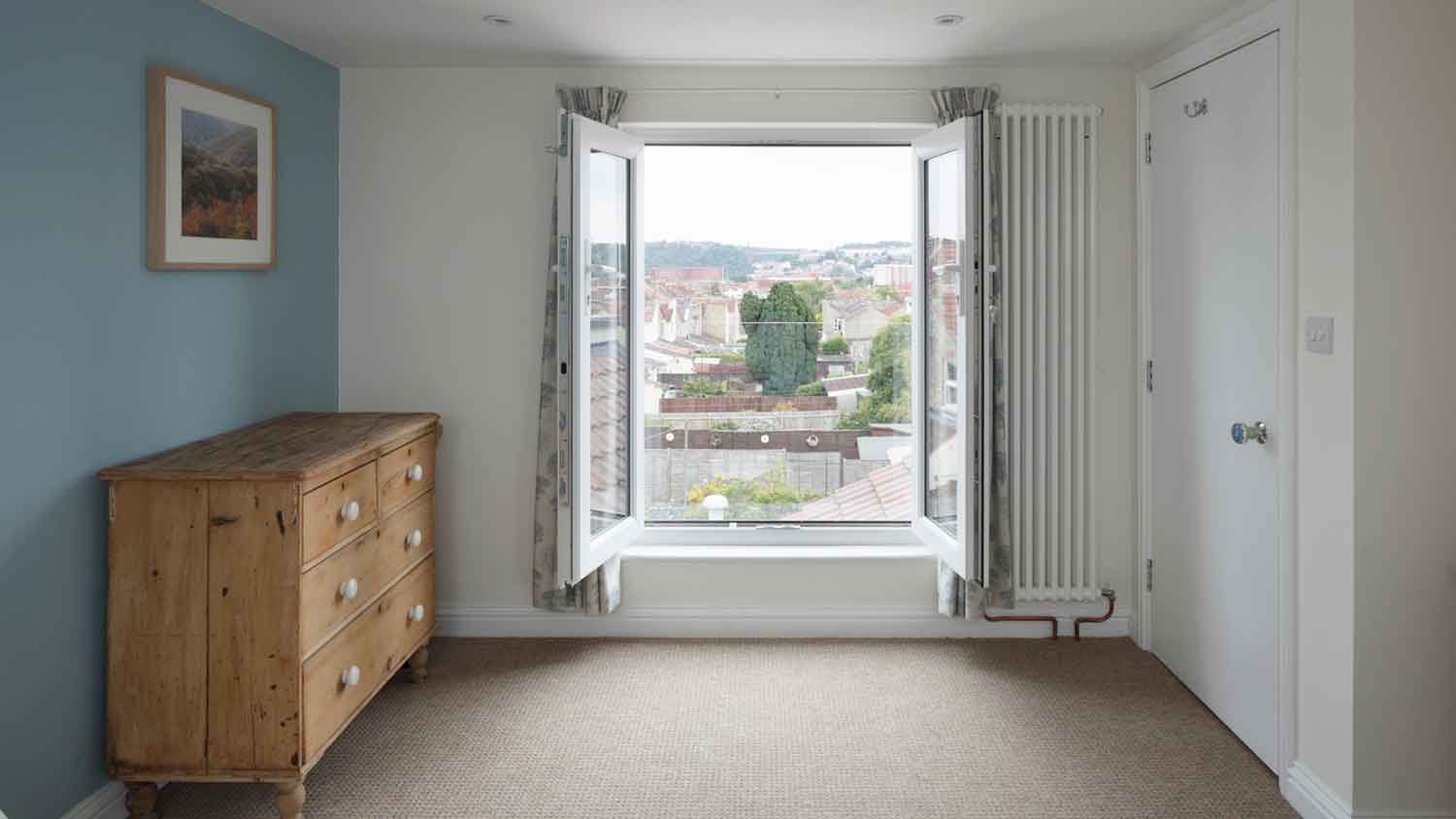
Double casement windows (also called French casement windows) are an excellent option for people seeking enhanced ventilation and panoramic views. These windows consist of two sashes hinged on opposite sides of the frame, allowing them to swing open outward. Double casement windows offer a wider opening than single casement windows, creating a seamless connection between indoor and outdoor spaces.
The dual-sash design of double casement windows provides flexibility in operation. You can open each sash independently so you can more accurately control airflow and customize ventilation according to your preferences. In addition to their practical functionality, double casement windows add a touch of elegance to any home. The expansive glass area offers unobstructed views of the surrounding landscape, maximizing natural light intake and creating a bright and airy ambiance.
Double casement windows are, naturally, more expensive than single casement windows. Again, they always open outward, creating issues if your windows open into an exterior entertainment area.
| Pros | Cons |
|---|---|
| Provide more natural light | Always open outward |
| More elegant appearance | Expensive |
| Better control of airflow | Reduced privacy |
Best For: Flexibility and aesthetic
Push-out casement windows combine the charm of traditional casement windows with modern convenience. Instead of using a crank or handle, you operate these windows by simply pushing the sash outward. The sash locks into place using a casement stay adjuster. This innovative design eliminates the need for mechanical components, resulting in a clean and uncluttered appearance. However, you do have less control over airflow because there are presets for how far out your sash can sit, and the sashes might not be as secure in strong winds.
Push-out casement windows are still easy to operate, but without a crank mechanism, operation isn’t as smooth. Plus, this type of window tends to be one of the most affordable because of the lack of the additional cranking hardware, so you’ll see lower costs when it comes time to hire a window replacement contractor. Choose vinyl vs. composite or other window materials to increase your savings if you’re on a budget.
In terms of aesthetics, push-out casement windows offer a classic and elegant look that complements various traditional architectural styles. Their sleek lines and unobstructed glass area contribute to a visually pleasing appearance, both from the interior and exterior.
| Pros | Cons |
|---|---|
| More affordable | Less control over airflow |
| Elegant and classic look | Operation isn’t as smooth |
| Tons of natural light | Less secure in strong winds |
Best For: Classic look and affordability
Push-out French casement windows combine the crank-less, manual operation of standard push-out windows, but they introduce more natural light and ventilation options because you have two sashes side by side. You can buy these with a mullion between the sashes or without for maximum light and views of the outdoors.
Push-out double casement windows provide an ideal balance between casement window cost and functionality. The price per window is lower because there’s no need for expensive internal opening mechanisms, and you get a larger wall opening to improve sunlight, airflow, and connection to nature.
However, these windows have the same downsides as single push-out casement windows. They offer less control over airflow with preset distances your sash can sit from the frame when open, operation isn’t as smooth as with a crank, and it has a less secure sash in strong winds without the crank to hold your sashes in place.
| Pros | Cons |
|---|---|
| Better airflow than single option | Less control over airflow |
| Maximum natural light | Not as secure in strong winds |
| Affordable | Operation isn’t as smooth |
Best For: Maximizing light while keeping a classic look
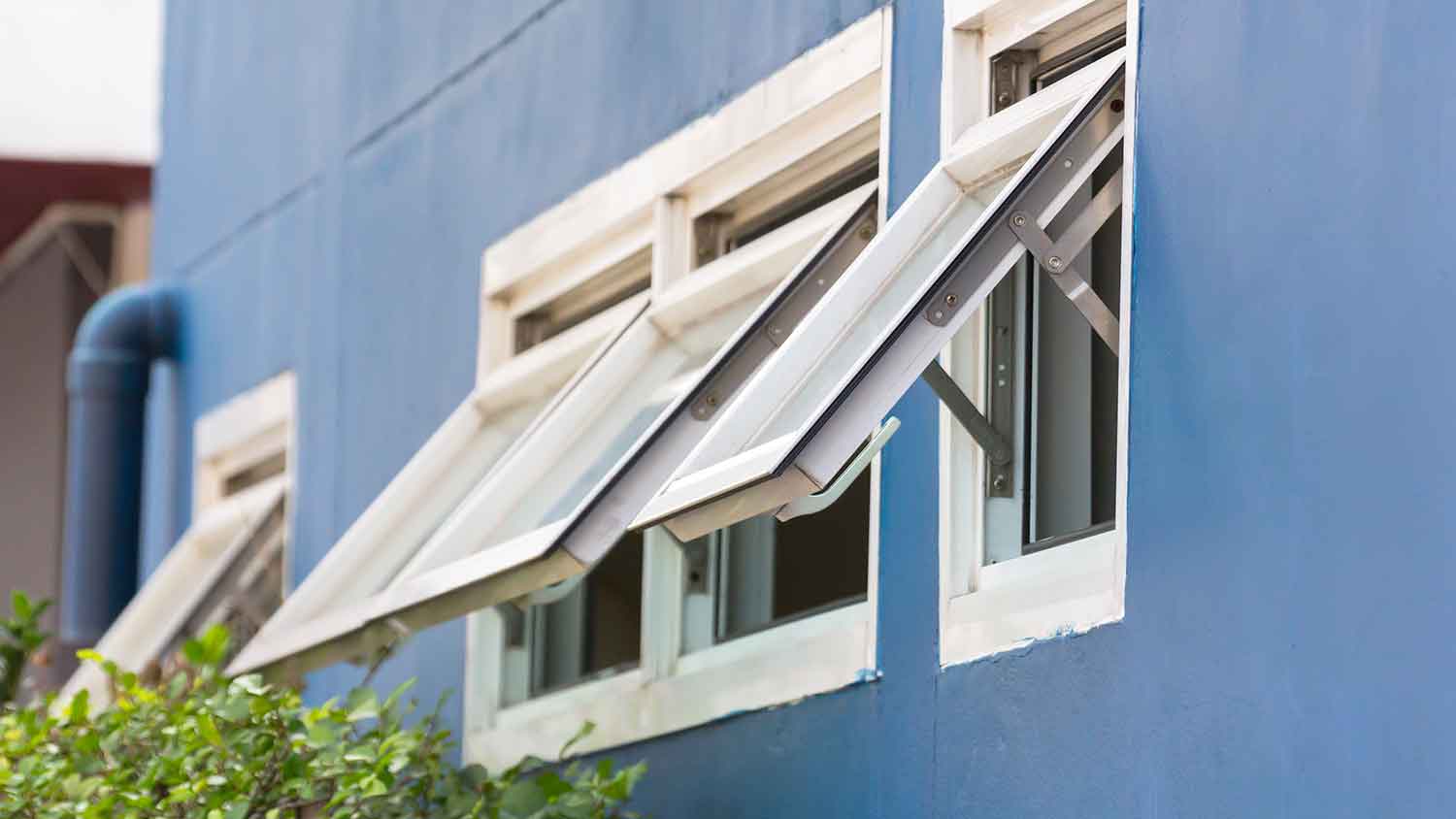
Top-hinged casement windows, also known as awning windows, open from the bottom and swing upward. The hinges are located at the top of the frame, creating an awning-like effect when the window is open. This unique design offers a range of benefits, making top-hinged casement windows a popular choice for specific areas of the home.
One of the main advantages of top-hinged casement windows is their ability to provide ventilation even during light rain. When opened, the window acts as a shield (or awning), preventing raindrops from entering the home.
Top-hinged casement windows can make use of a cranking mechanism for easier operation, or they can simply push out for manual operation. They’re smaller than standard casement windows, so they introduce less light and ventilation. Additionally, they always open outward, so they can create obstructions if you have pathways or entertaining areas directly outside.
| Pros | Cons |
|---|---|
| Added protection from rain | Always open outward |
| Affordable | Usually smaller than standard options |
| Options for opening mechanism | Less light and ventilation |
Best For: Rainy climates and affordability

Cottage-style casement windows exude a sense of charm and character reminiscent of traditional country homes. These windows are characterized by the illusion of multiple small panes of glass separated by muntins or grids, creating a divided or multi-paned appearance. The cottage-style design evokes a cozy and nostalgic feel, making it a popular choice for farmhouse, cottage, or rustic-style homes. You can also reinforce the glass sandwiched between the muntins for better security.
The divided pane configuration of cottage-style casement windows adds visual interest and architectural detail to both the interior and exterior of the home. Still, the window grids obstruct views and natural light to some extent. These windows can feature one or multiple sashes, each divided into smaller individual panes. The number and arrangement of panes can be customized to suit your preferences, allowing for a personalized touch.
If you’re unsure whether a cottage-style casement window is the right fit for your home, you can always consult a professional window company near you for some expert insight.
| Pros | Cons |
|---|---|
| Traditional appearance | Sunlight and views are obstructed |
| Can be more secure | Won’t suit more modern homes |
| More customization options | Expensive |
Best For: A traditional aesthetic and security
Finally, you have in-swing casement windows, which, as the name suggests, swing inward rather than outward. This is ideal if your windows open up to an outdoor space that sees a lot of traffic, like walkways and patios, as the sashes won’t become obstructions when they’re open.
In-swing casement windows are the easiest to clean because they're the only style of casement window that gives you easy access to both sides of the sash from the inside. This is especially helpful if your windows are on the second floor, as it means you won’t need a ladder to clean the outside.
In-swing casement windows are less common, so you may need help finding an installer who carries them. The sashes also end up in your living space, so they are only suitable in low-traffic areas or above a kitchen sink, where the countertop would prevent the sashes from becoming a nuisance. Additionally, a cranking mechanism would get in the way of the sash opening, so these windows are only available with manual operation.
| Pros | Cons |
|---|---|
| Easy to clean from inside | Not as widely available |
| No outdoor obstructions | Can create indoor obstructions |
| Ideal for second-floor placement | No option for crank mechanism |
Best For: Windows near walkways and on the second floor
From average costs to expert advice, get all the answers you need to get your job done.

New windows can boost your home energy efficiency and overall curb appeal. Learn about the unique factors that impact the cost to replace windows in Boston.

Stained glass repair costs depend on many factors, from the type of repair to the item that needs repairing. Find out how much this project will cost.
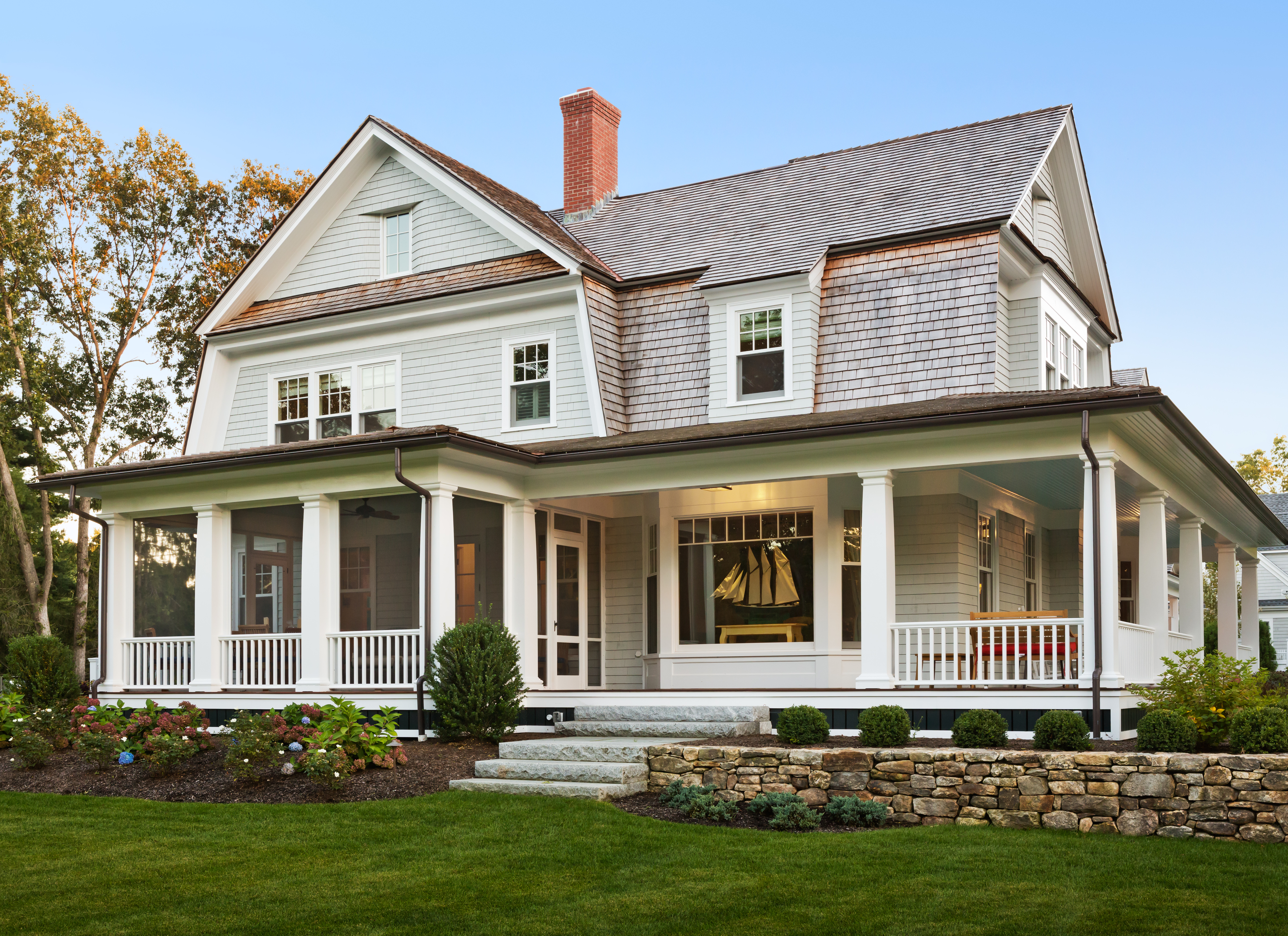
Window repair costs in Boston, Massachusetts, are higher than the national average due to labor, material, and historic code compliance factors.

When it comes to vinyl vs. aluminum windows, you should consider price, insulation, and longevity. Learn about other differences and which is best for you.

This glass weight calculator estimates how much your glass weighs so you can determine the support you need for installing windows and mirrors.
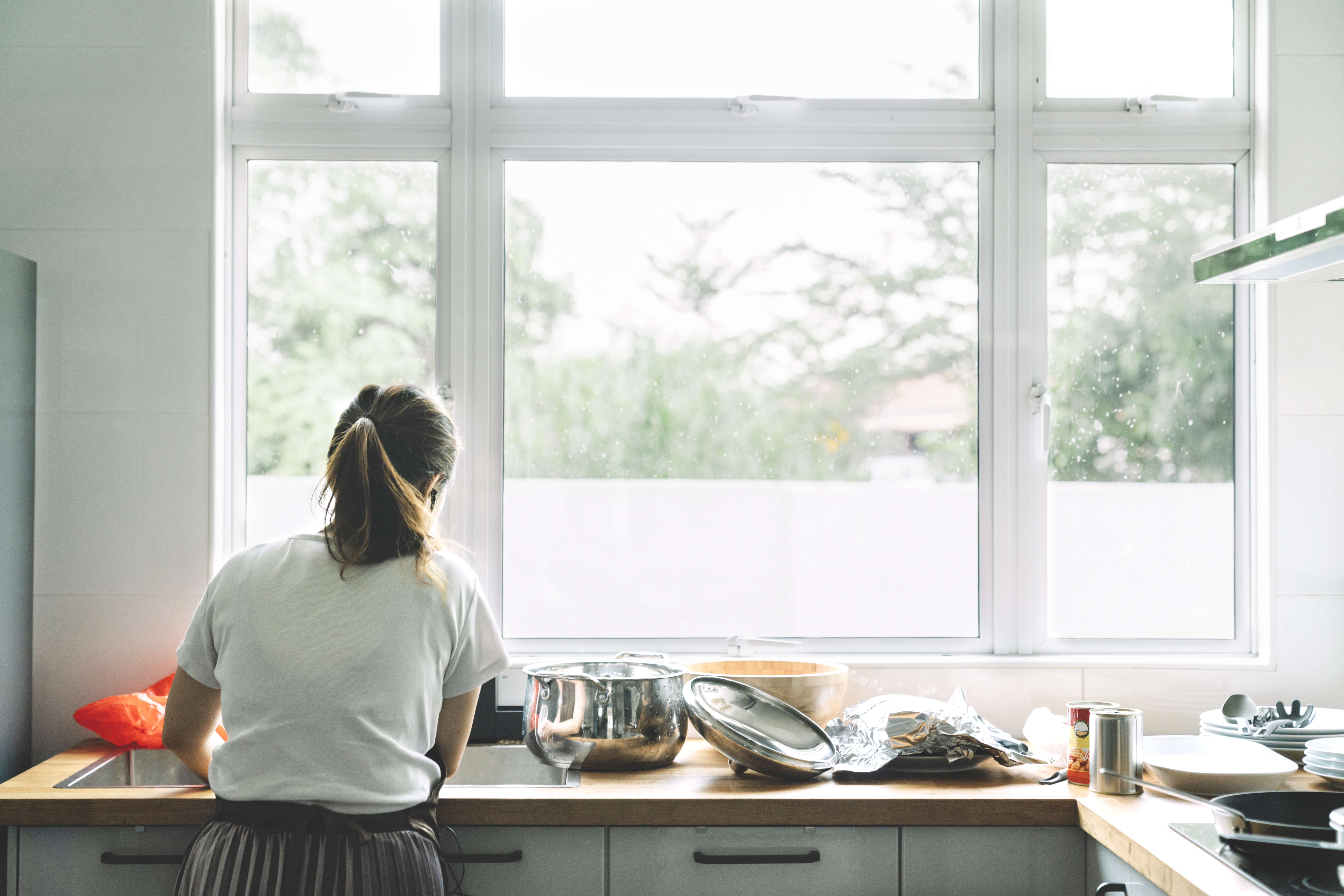
Need to replace your windows but not sure you want to keep the same dimensions? Learn about standard casement window sizes and how to fit windows to your space.